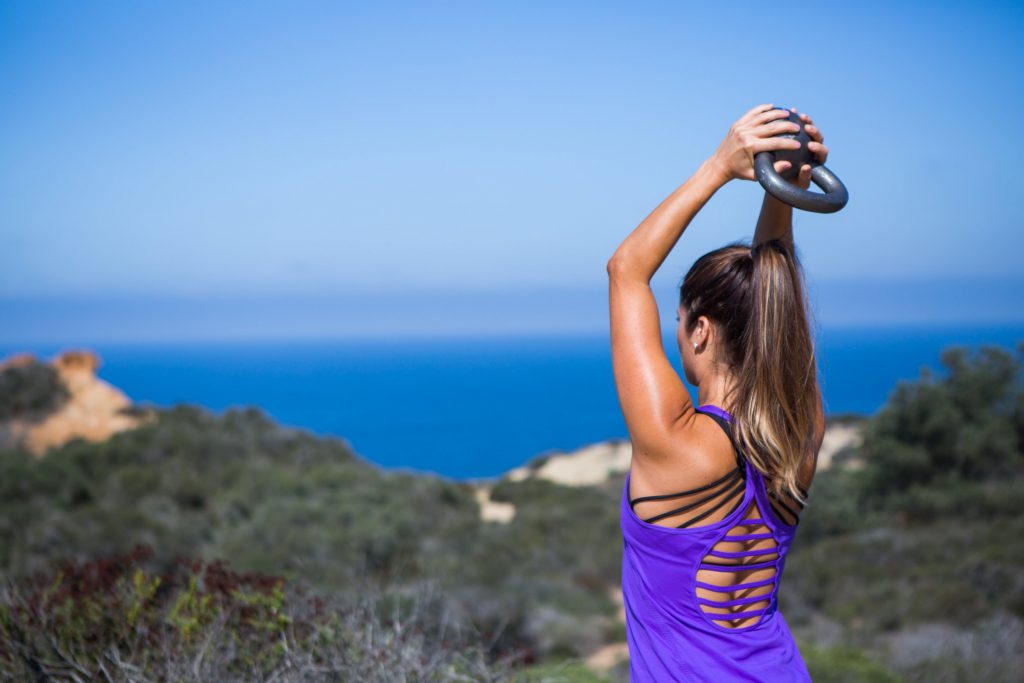Fitness in midlife is more important than ever, but the body needs different things than it did when it was 20. “You have to accept that you can’t fight nature,” says David Higgins, who has trained Hollywood celebrities like Claudia Schiffer and Margot Robbie, and is the author of The Hollywood Body Plan. “The nutritional and lifestyle habits we had when we were younger simply don’t work in the same way when we are in our 50s.” Instead here are the best and quickest ways to get – and stay – fit, strong and pain-free in your fifties.
Can exercise help to support me through the menopause?
“The change in oestrogen levels during the menopause can result in insulin resistance, leading to an increase in belly fat. So short bursts of high intensity training, as well as weight training, are more important now than ever,” personal trainer and author Zana Morris says. “Unlike traditional aerobic-style exercise and longer sessions of intense exercise, these activities help our hormonal balance and have a tremendous impact not only on essential muscle recovery, but also on bone density and in targeting stubborn belly fat.”
She adds that adding weights into your routine is important, too. After the age of thirty, we lose between 3 to 5 per cent of muscle per decade in a process called sarcopenia. Along with diminished strength, it can make us more prone to breakages in older age, according to a study from the American Society for Bone and Mineral Research. It also has an impact on body mass: muscle burns around 50-100 calories per day, so with less muscle, we can gain weight.
“Weight training keeps the focus on strengthening every muscle, which helps to ensure they are all working synergistically, supporting posture and keeping pressure away from the joints and ligaments,” she says. “For example, training the muscles of the back will help keep shoulder and neck issues at bay, while strong glutes and hamstrings are vital for healthy, supple knees and hips.”
